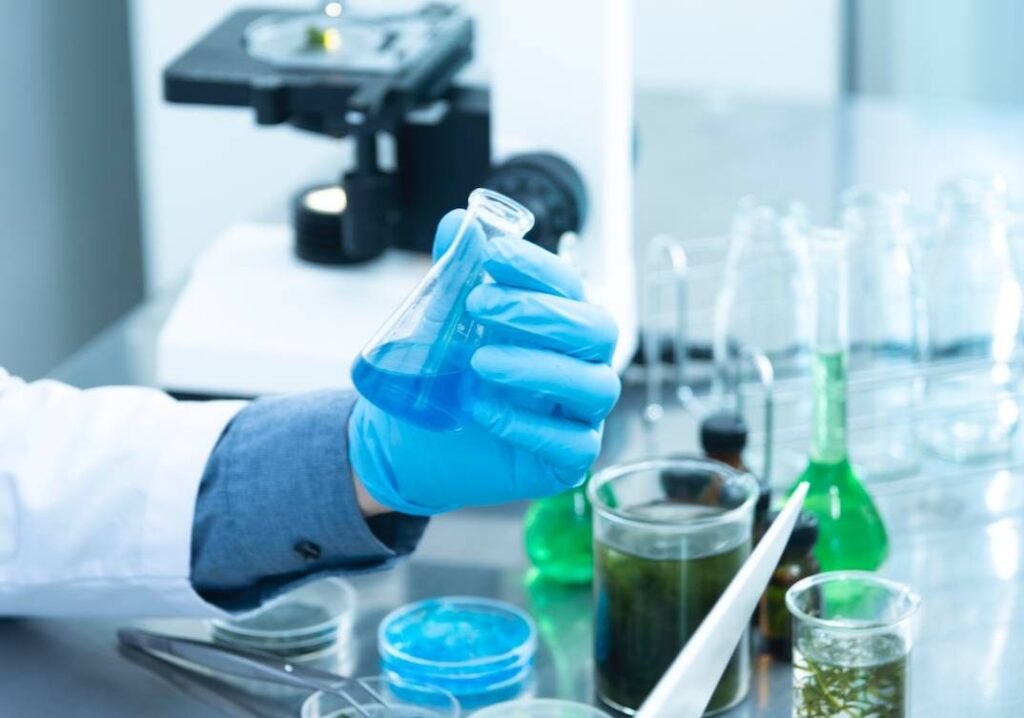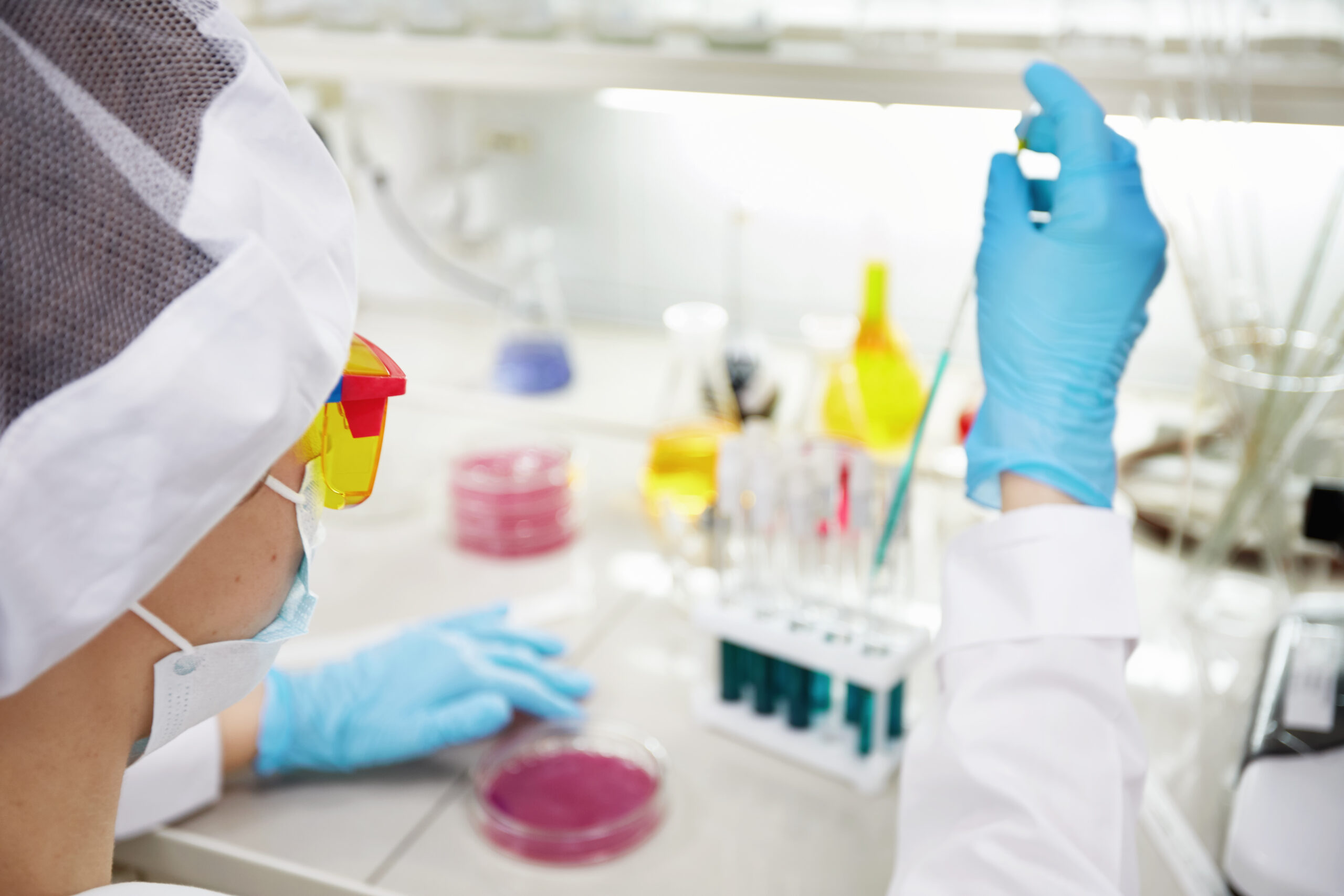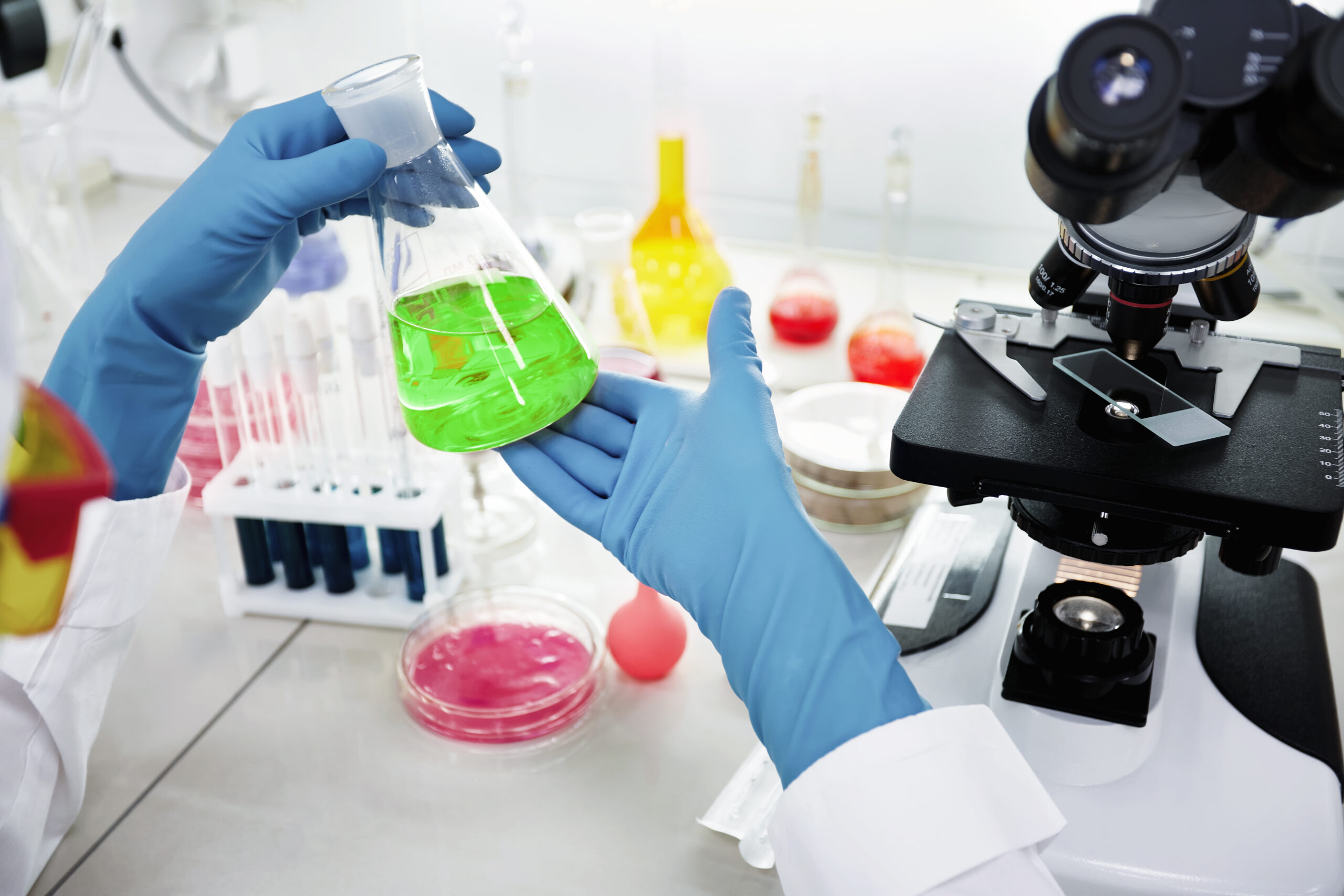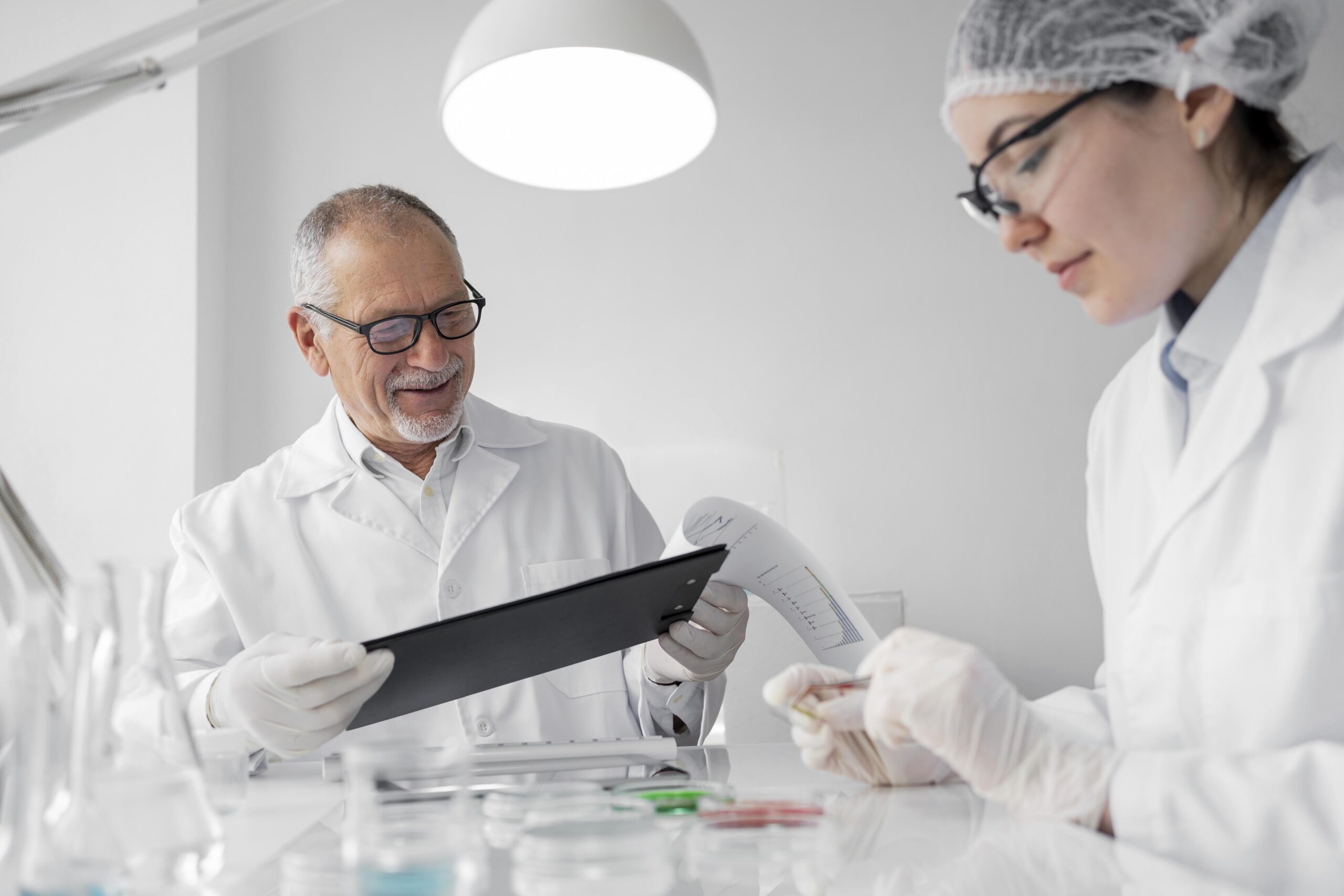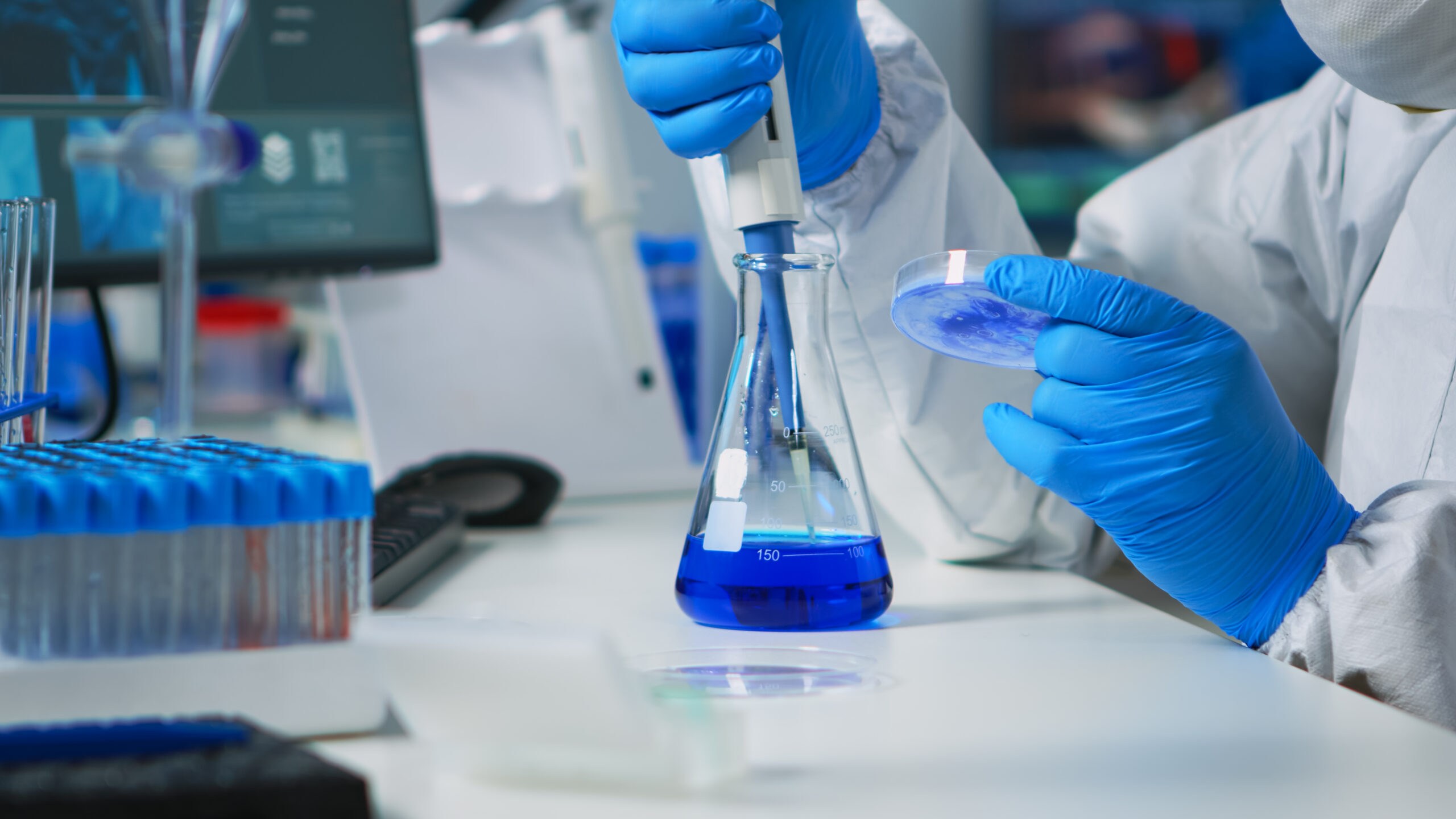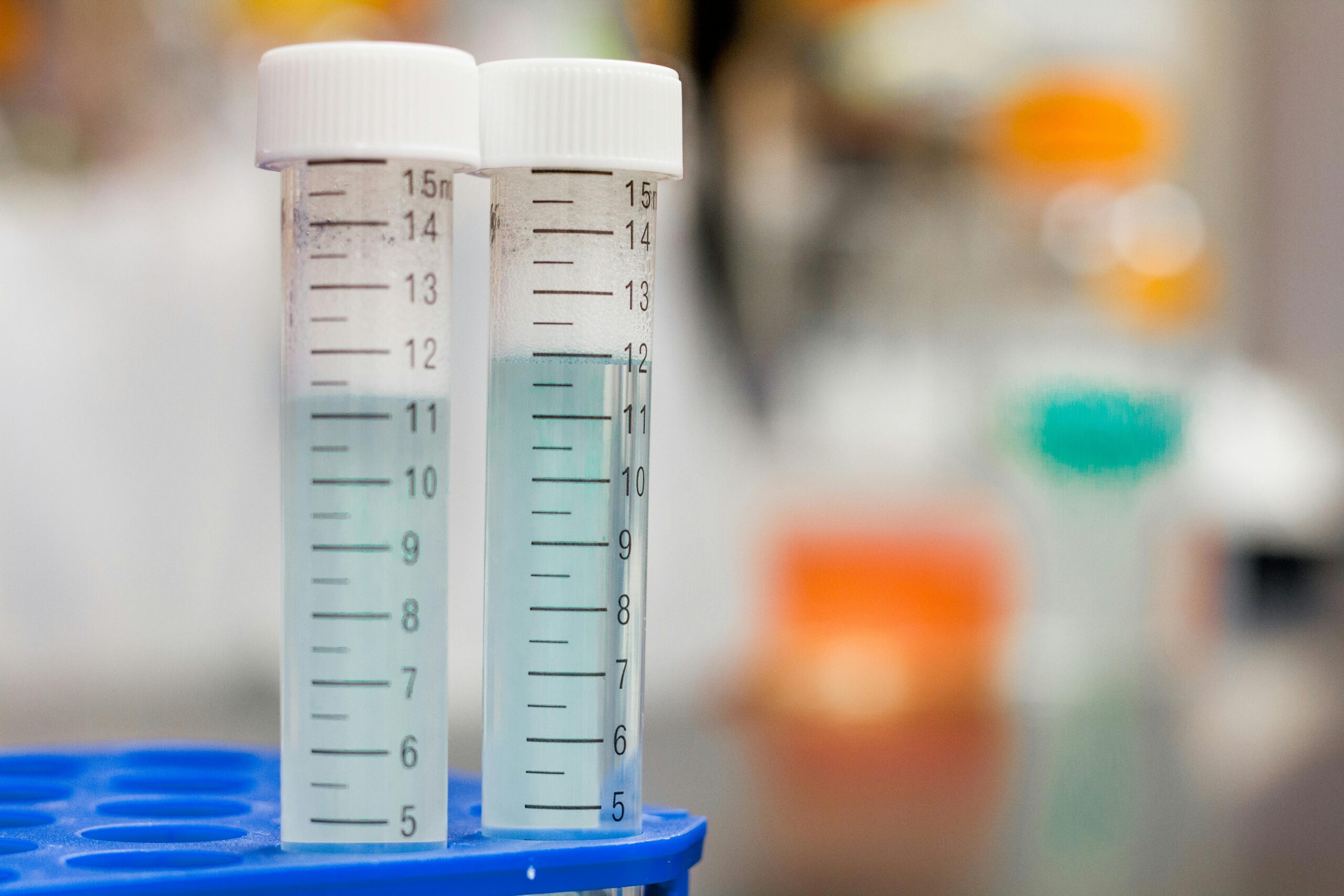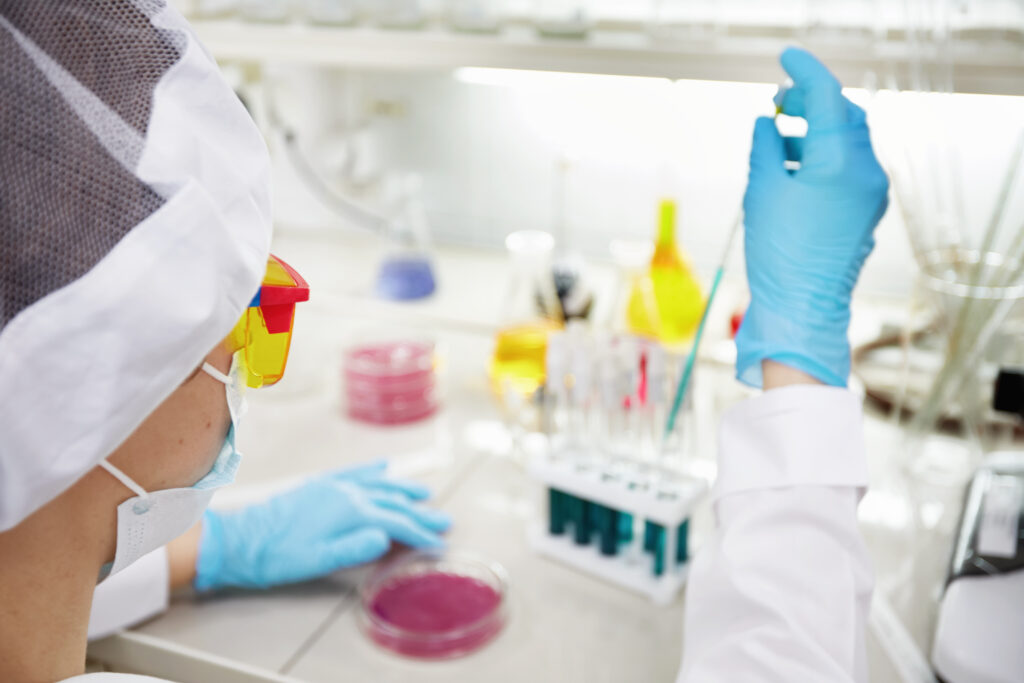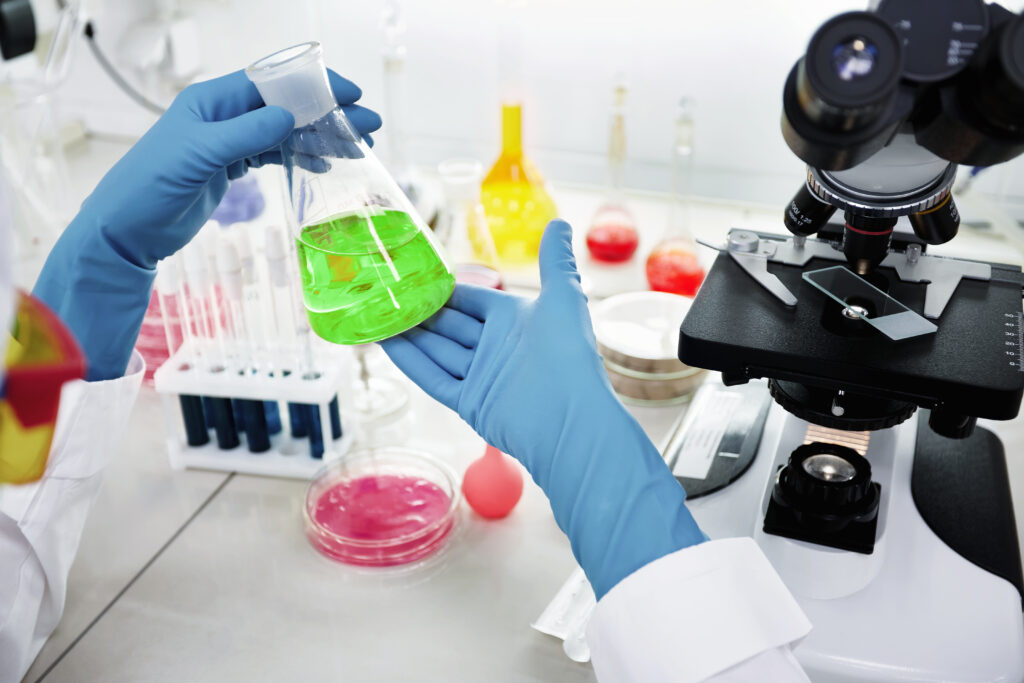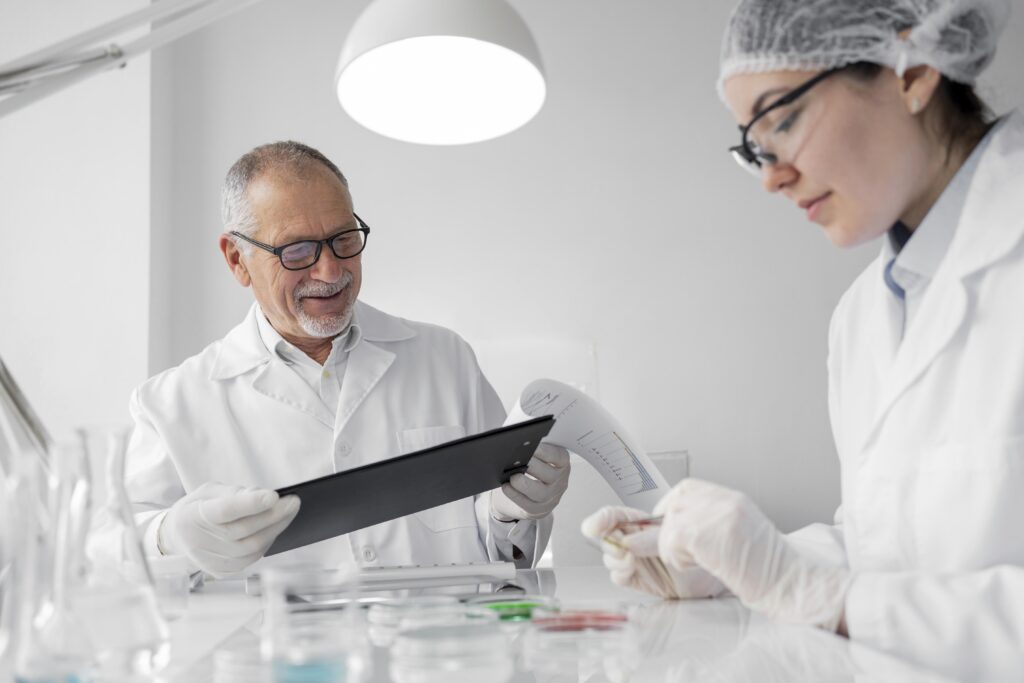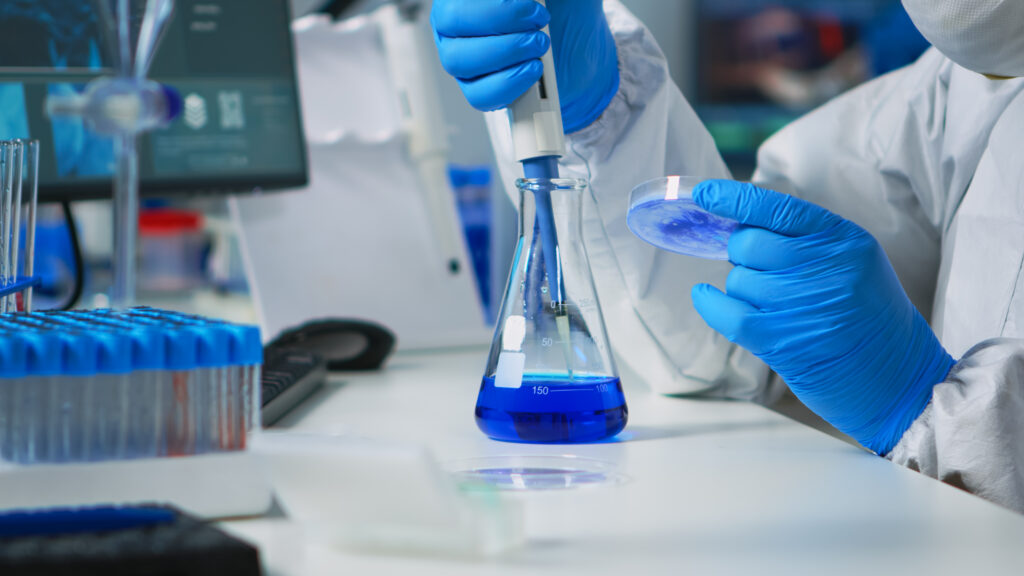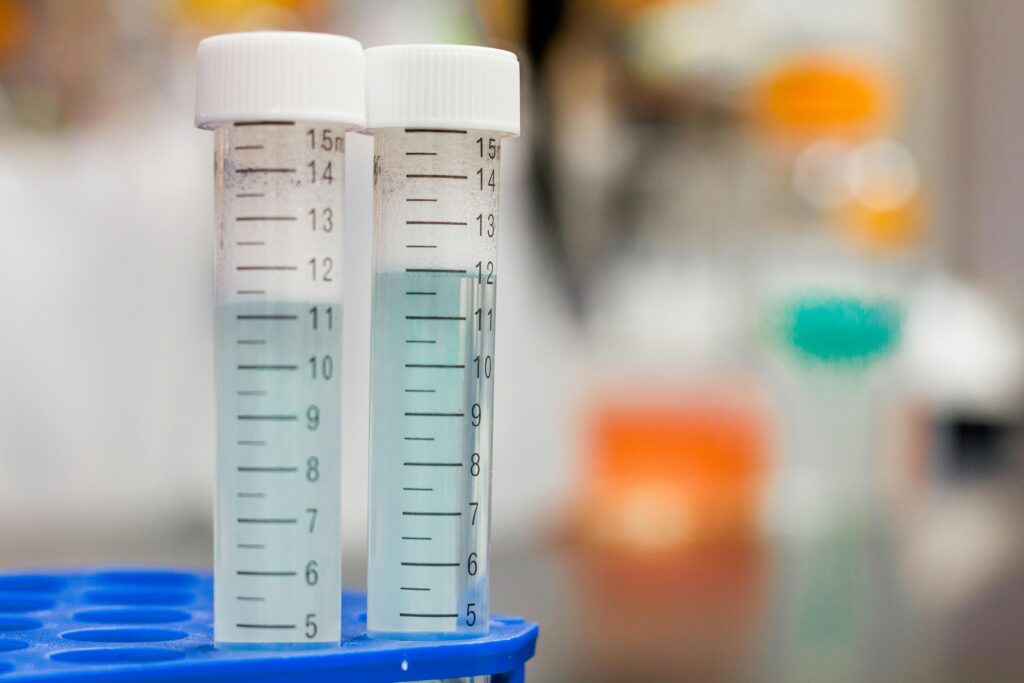In today’s consumer-centric era, where safety and quality in food consumption are paramount, rigorous food safety testing plays a critical role. This comprehensive guide explores testing methodologies, regulatory frameworks, and the journey of food from farm to table. It emphasizes the significance of ensuring the highest safety standards, underlining that the commitment to rigorous testing goes beyond regulatory requirements. Framed as a shared responsibility, this commitment responds to heightened consumer awareness, contributing to a safer and more secure food future while building trust in the integrity of the food industry.
In the contemporary landscape, consumers place a high premium on the safety and quality of the food they consume. This has propelled the critical importance of implementing robust food safety testing measures to the forefront. This comprehensive guide serves as an in-depth exploration of the methodologies, regulations, and overall significance of food safety testing, underscoring its pivotal role in guaranteeing the highest safety standards and safeguarding public health.
Understanding the Landscape:
Ensuring food safety involves a complex process that spans from farm to table. Contaminants, pathogens, and chemical residues pose potential threats at various stages of the food supply chain. To address these concerns, food safety testing emerges as a vital practice, acting as a safeguard against potential health risks associated with contaminated food.
The Human Impact:
The consequences of compromised food safety go beyond just economic impacts; they have a direct effect on public health. Outbreaks of foodborne illnesses can result in serious health issues and, in some instances, even death. Therefore, it is crucial to implement rigorous food safety measures, including strong testing protocols, to avoid these situations.
Key Contaminants and Testing Methodologies
Microbiological Testing:
Microorganisms like bacteria, viruses, and molds are frequently found in food as contaminants. Microbiological testing is used to identify and measure these microorganisms, guaranteeing that food products are devoid of harmful pathogens. This process commonly employs methods such as polymerase chain reaction (PCR) and enzyme-linked immunosorbent assay (ELISA) to detect and measure specific microorganisms.
Chemical Residue Testing:
Pesticides, heavy metals, and additives are all types of chemical contaminants that can jeopardize food safety. Thorough testing for chemical residues guarantees that food items meet regulatory standards and do not endanger health by containing harmful substances. Gas chromatography and mass spectrometry are widely used methods for identifying and measuring chemical residues.
Allergen Testing:
With a growing number of individuals experiencing food allergies, allergen testing has become more important. This testing method identifies the existence of typical allergens like nuts, gluten, and soy, protecting allergic consumers from accidental exposure. Immunoassay techniques, such as ELISA, are commonly used to detect allergens in food items.
Regulatory Framework and Compliance
Global Standards:
International organizations and regulatory bodies, like the World Health Organization (WHO) and the Food and Agriculture Organization (FAO), establish global food safety standards. Compliance with these standards is crucial for international trade and for building consumer trust in the safety of food products. The Codex Alimentarius, which consists of international food standards, guidelines, and codes of practice, serves as the basis for aligning food safety regulations worldwide.
Local Regulations:
Various countries have regulatory frameworks that govern food safety. Food producers and manufacturers must comply with local regulations to operate within the confines of the law and guarantee the safety of their products. For example, the United States Food and Drug Administration (FDA) and the European Food Safety Authority (EFSA) establish regulations and guidelines for food safety in their respective regions.
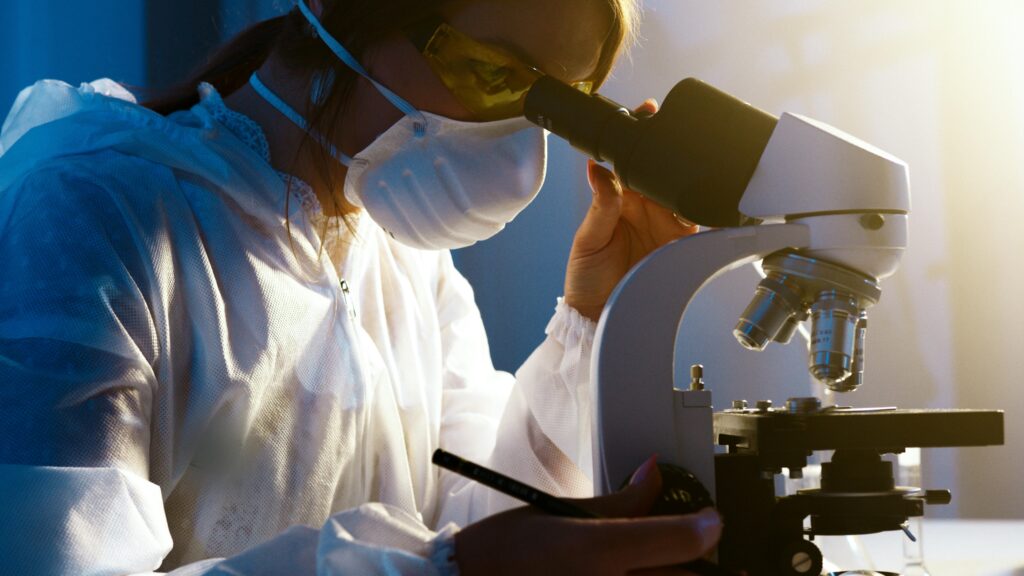
Advanced Technologies in Food Safety Testing
DNA-Based Testing:
Technological advancements have brought in DNA-based testing methods, which offer highly accurate and rapid pathogen identification. This molecular approach improves the precision of food safety testing, allowing for faster responses to potential threats. Polymerase chain reaction (PCR) and next-generation sequencing (NGS) are examples of DNA-based techniques that are revolutionizing pathogen detection in food.
Blockchain Technology:
Blockchain technology is transforming traceability in the food supply chain. By creating an unchangeable and clear record of each transaction and process, blockchain improves responsibility and makes it easier to quickly identify and eliminate unsafe food products. This technology guarantees openness and confidence in the supply chain, enabling consumers to track their food’s journey from the farm to their table.
The Future of Food Safety Testing
Automation and Artificial Intelligence:
The future of food safety testing depends on combining automation and artificial intelligence. Automated systems can make testing processes more efficient, while AI can analyze large amounts of data to detect patterns and potential risks, improving the effectiveness and precision of food safety protocols. Machine learning algorithms can anticipate contamination risks and assist in taking preventive actions.
Continuous Monitoring:
Moving beyond traditional batch testing, continuous monitoring is gaining traction. This approach involves real-time monitoring of various parameters throughout the food supply chain, allowing for immediate intervention in the event of any deviations from safety standards. Sensors and IoT (Internet of Things) devices can provide real-time data on factors like temperature, humidity, and contamination levels, ensuring proactive risk management.
Conclusion
Ensuring food safety through comprehensive testing is a shared responsibility across the entire food supply chain. From farmers and producers to regulators and consumers, each plays a crucial role in maintaining the integrity of the food we consume. As technology advances, so too do our capabilities to identify and mitigate potential risks, ultimately ensuring that the global food supply remains safe, secure, and reliable for all.
In conclusion, food safety testing is not merely a regulatory requirement but a fundamental commitment to public health. By understanding the intricacies of testing methodologies, complying with global and local regulations, embracing advanced technologies, and envisioning the future of food safety, we pave the way for a world where every meal is not just nourishing but also safe for all. The continual evolution of food safety testing ensures that our approach remains dynamic, adaptive, and resilient in the face of emerging challenges, securing a future where the safety of our food is never compromised.

